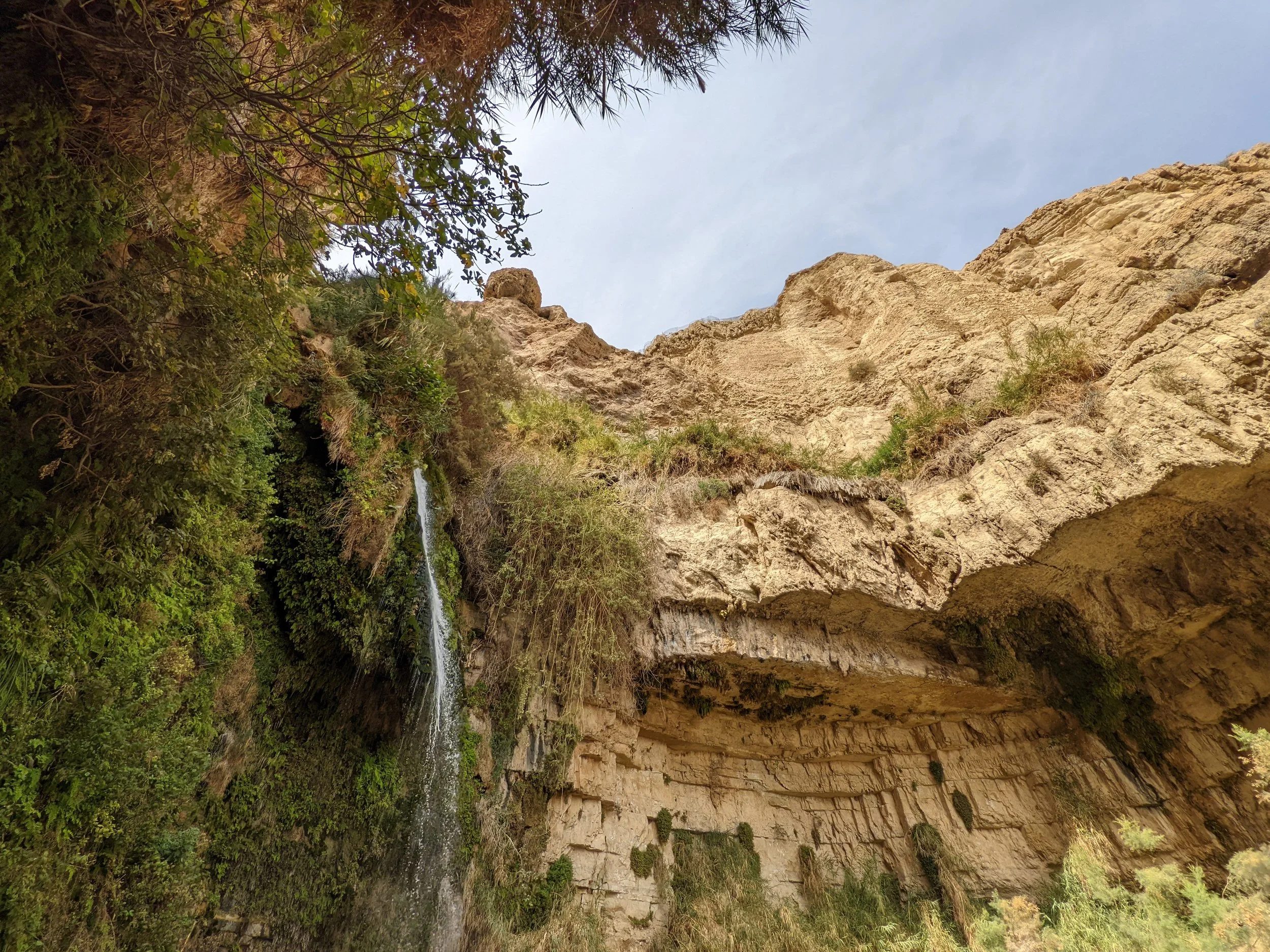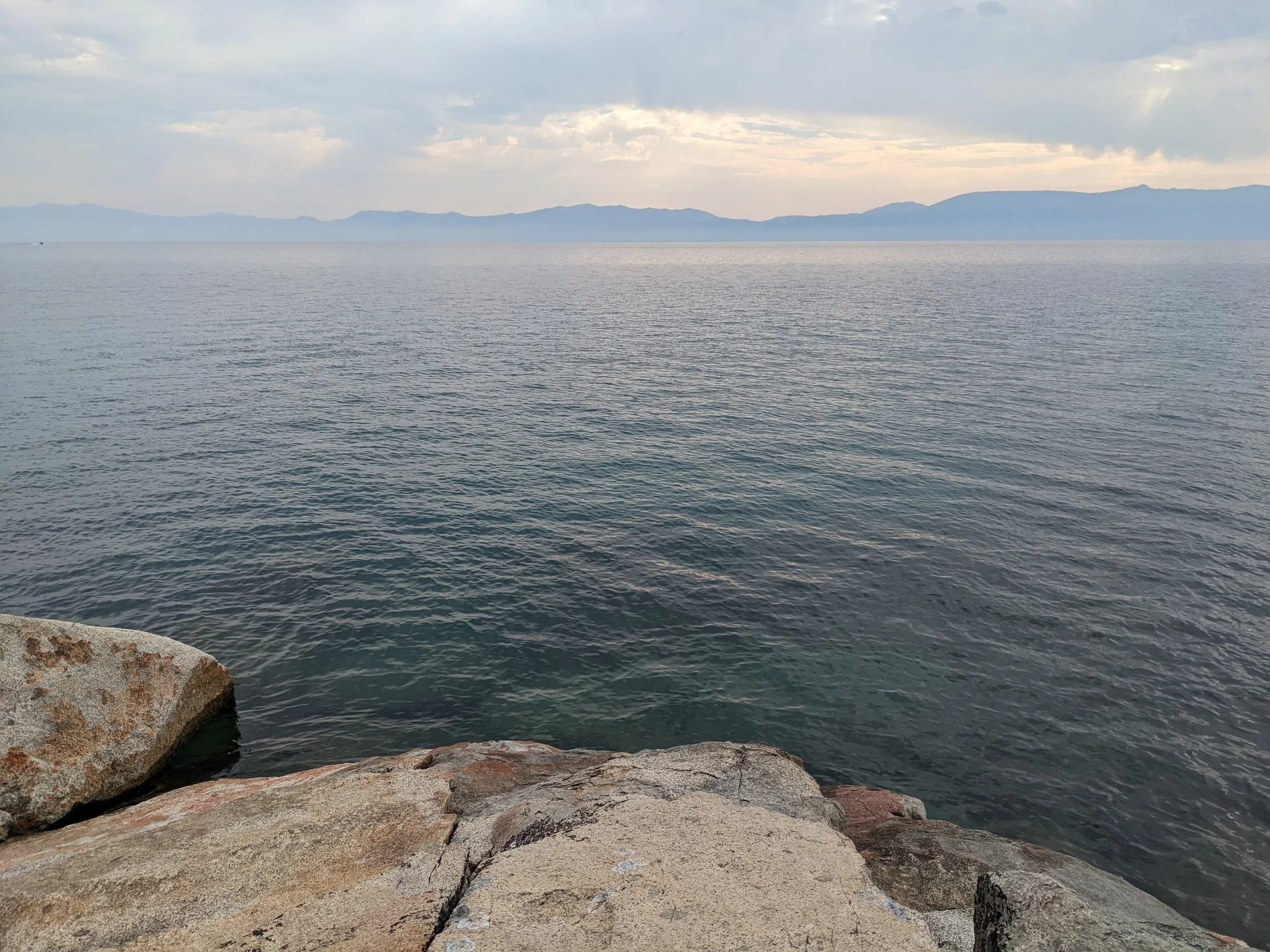Then he returned from the region of Tyre and went through Sidon to the Sea of Galilee, in the region of the Decapolis. And they brought to him a man who was deaf and had a speech impediment, and they begged him to lay his hand on him. (Mark 7:31–32, ESV)
This is our second story in a predominantly Gentile region. Here, Jesus goes through Sidon, perhaps on a brief missions tour, before heading to the region of the Decapolis (31). Once there, a group of people begged Jesus to lay his hand of healing on a man who was deaf and, therefore, could not speak (32).
And taking him aside from the crowd privately, he put his fingers into his ears, and after spitting touched his tongue. And looking up to heaven, he sighed and said to him, “Ephphatha,” that is, “Be opened.” And his ears were opened, his tongue was released, and he spoke plainly. (Mark 7:33–35, ESV)
A Unique Style of Healing
If you are new to Jesus today, you might be wondering if this was his normal mode of healing. It wasn't. He healed in many different ways, and this healing was one of his most creative!
Why did Jesus heal the man this way? Why did he give him privacy? Why did he put his fingers in the man's ears? Why did he spit and touch the man's tongue? Why did he look up to heaven? Why sigh? Why say, in Aramaic, "Ephphatha" (or "be opened")?
Perhaps Jesus is only demonstrating the principle that you cannot put his methods in a box? Perhaps this is his way of keeping us dependent upon him, rather than dependent upon a method?
But I wonder if more is at play. Think about it. The man is deaf. He cannot hear. Nor can he speak. And here comes Jesus, using exaggerated movements, a universal sign language to communicate to the man.
He turned him aside privately, helping the man know he had Jesus' attention. He touched his ears and his mouth. He looked up to heaven, helping the man know where the healing would come from. He sighed, a symbol of grief for human brokenness and one that the man could observe. And he said a word—Ephphatha—that would have been an easy one to lip-read.
Released!
And the man was healed! His ears were opened and his tongue was released (35). Immediately, he could speak plainly (35).
The phrase "his tongue was released " could be translated as "the chain of his tongue was broken." It was loosened. The word is most often used in the New Testament to describe prisoners that are set free. It is a word of liberation.
Jesus liberated the man from his speech impediment and from his inability to hear.
Jesus Unlocks Our Senses
Perhaps this story can serve as an illustration for us today. Anyone can partake of Christ. He is available for all. But, as we've seen in the woman's story, everyone must come expecting grace. Here, in this man's story, we learn it is Jesus who can unlock the dulled senses of humanity.
After looking into the human heart earlier in Mark 7, we might be tempted to think there is no hope at all. How could anyone ever turn to Jesus? Our hearts are pinned to rebellion. But then Jesus comes along and touches this man, opening his ears and his mouth. He opened his senses, he gave him understanding, and he set the captive free!
Our beloved Apostle Paul described his conversion as the moment God, who had set Paul apart from his birth, "was pleased to reveal his Son to" Paul (Galatians 1:15-16). The scales fell from his eyes. He could finally see!
Those of you who know Jesus today have had this experience. God unlocked your senses. You woke up. The light of Christ has shown on your heart!
For God, who said, “Let light shine out of darkness,” has shone in our hearts to give the light of the knowledge of the glory of God in the face of Jesus Christ. (2 Corinthians 4:6, ESV)
And Jesus charged them to tell no one. But the more he charged them, the more zealously they proclaimed it. And they were astonished beyond measure, saying, “He has done all things well. He even makes the deaf hear and the mute speak.” (Mark 7:36–37, ESV)
The episode of Jesus healing the mute man in the Decapolis closes with Jesus, yet again, telling people to refrain from broadcasting all he'd done (36). His fame was becoming a hindrance to his ministry work. But it was also important for Jew and Gentile alike to know that signs and wonders are not the points of Jesus' work. He wanted people to wait until after the cross to talk about him because then they'd have a full gospel to declare.
They couldn't keep it in, however, and zealously proclaimed what Jesus had done.
Then, there is this beautiful summary statement from the crowd: "He has done all thing well. He even makes the deaf hear and the mute speak" (37).
Tyre and Sidon: The Firstfruits of the Kingdom Age
In our past few posts we've considered how Jesus went to Tyre, Sidon, and the predominantly Gentile Decapolis. What I want to say here is that this is a foretaste of his work among the nations.
I think Mark wants us to see these stories as a glimpse of the future golden age of the kingdom because of something he said in verse 32. There, he said the man had a speech impediment. In the original Greek language, this is a very rare word. It's used only here and in the Greek version of Isaiah 35:6. That's it.
Because of this, it seems Mark is drawing our attention to Isaiah 35—it is about the future kingdom we will receive in Jesus. One day, after a period of Great Tribulation, Jesus will return and subdue the earth, restoring it to glory for a period of a thousand years. Just laws. Righteous leadership. Human flourishing.
This entire section of Mark's gospel began with Jesus going to Tyre for a time of rest (Mark 7:24). Mark said Jesus could not be hidden. It was true that day in Tyre but also true among the nations since that time. Jesus cannot be hidden. Jesus is the answer. Jesus is the one we need. Jesus is the one who will renew the earth!
Let us believe in him! Let us preach him!
***
For the entire Mark series, go here. Thank you.




